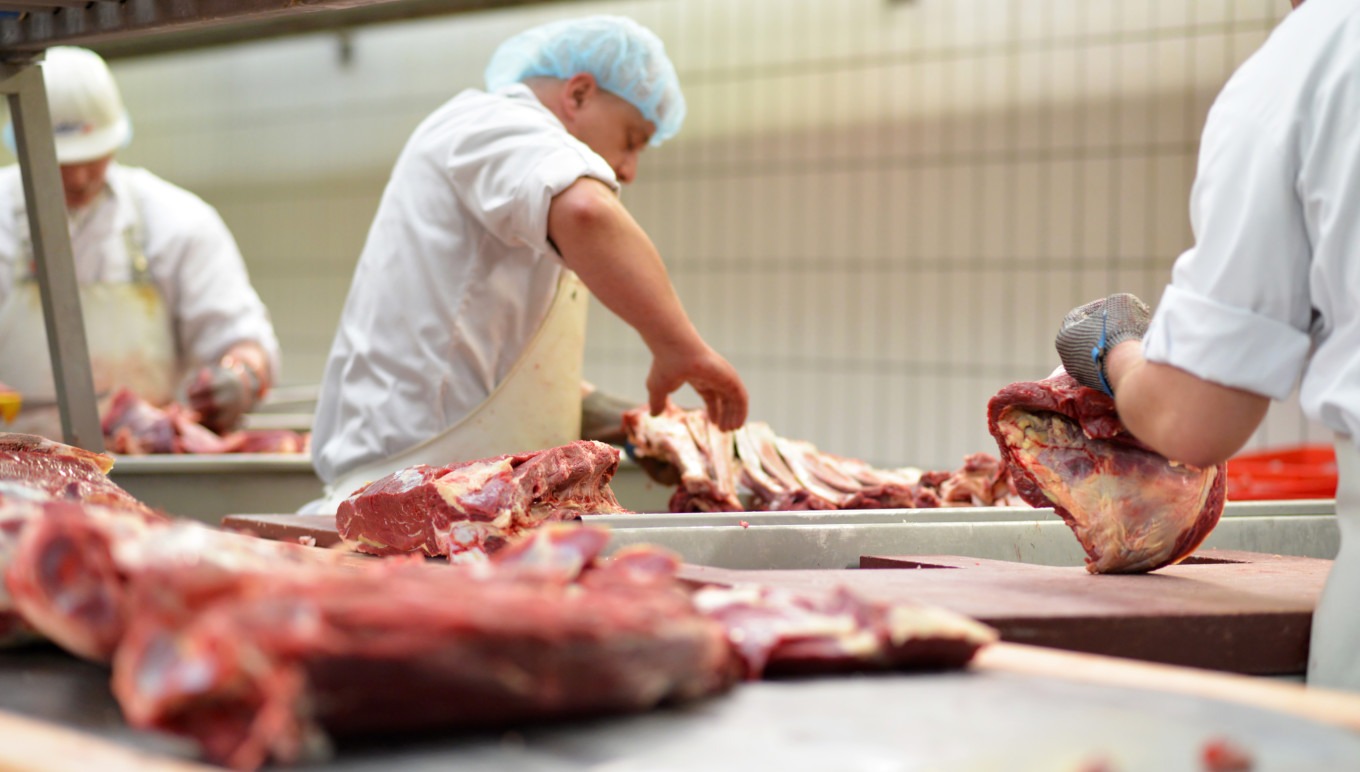Aptean’s Food and Beverage 2021 Global Symposium – Pioneering in the Protein Sector Session Recap
Aptean’s Food and Beverage 2021 Global Symposium – Pioneering in the Protein Sector Session Recap
Aptean’s Food and Beverage 2021 Global Symposium – Pioneering in the Protein Sector Session Recap
Nov 10, 2021
 John McCurdy | Senior Content Writer, Marketing
John McCurdy | Senior Content Writer, Marketing
For the final entry in our series recapping the sessions from Aptean’s Food and Beverage 2021 Global Symposium, we’re taking a look at the breakout session “Pioneering in the Protein Sector: No Bones About It,” presented by Joel Crews, editor of Meat+Poultry magazine.
As a leader at one of the most respected industry trade publications, Crews has his finger on the pulse of the meat and poultry sector. He’s identified that “volatility is the only constant,” with the past 20 years littered with disruptions from the first E. coli outbreaks in the early 1990s to the many various livestock epidemics and the spike in demand for plant-based alternatives in recent years.
The latest, of course, is the COVID-19 pandemic, and it certainly has brought about considerable change for the meat and poultry world. He focused on those developments and what they mean for the future of the industry.
The Impacts of the Pandemic on the Meat and Poultry Industry
As coronavirus spread across the United States in 2020 and businesses were forced to adapt to stay-at-home orders, mask-wearing, social distancing and even permanent closures, meat processors spent millions trying to protect their workers and dealt with a serious labor shortage. There were dozens of plant closures across the country.
By November 2020, more than 500 plants had reported positive COVID-19 cases, and some 42,000 individuals were infected at those locations. The pandemic also exposed the fragility of meat and poultry supply chains—millions of hogs had to be culled because there was simply no capacity to process them due to closures.
In a move that was praised by trade groups, an executive order was signed in April 2020 to keep plants open, but the National Chicken Council (NCC) still cited inconsistencies in state guidelines as a major hurdle in ensuring safe operations. Now, more than a year later, meat and poultry businesses are strongly encouraging and incentivizing workers to get vaccinated, with industry giant Tyson going so far as to mandate vaccination for all employees.
Market Reactions and Effects on Demand for Protein Products
While closures both temporary and permanent cratered the demand for meat and poultry products from the food service sector in 2020—restaurant sales dropped below $30 billion in April 2020—ecommerce and home delivery spiked. From March to August of 2020, online meat sales topped $900 million, half of that generated by beef alone.
Grocery store sales also saw healthy growth, climbing from $58.7 billion in January 2020 to more than $70 billion of March that year, and still looking strong at $68.7 billion in September 2021. Percentage-wise, though, the real winner was digital ordering including delivery and takeout from restaurants, which more than doubled from March 2020 to March 2021 and is predicted to remain 40- 80% above 2019 levels into 2022 and 2023.
This year in particular, exports have been on the rise, with those for beef up 18% over the first 7 months of 2021 and those for pork 1% higher than last year’s record high levels in the same timeframe. Production is especially strong in beef, with 27.8 billion pounds so far this year breaking previous historical marks—pork production, meanwhile is down 2% compared to last year.
Issues to Watch in the “New Normal” Era
The increases in meat and poultry prices—12% for beef, 5.4% for pork and 7.2% for chicken—have garnered attention and stirred some disagreement between government officials and industry leaders. Brian Deese of the National Economic Council accused the top 4 meat processing companies of “pandemic profiteering,” while U.S. Secretary of Agriculture Thomas Vilsack pointed out that ranchers are suffering financially while processors profit.
North American Meat Institute (NAMI) President Julie Anna Potts responded in a letter, pointing out the severe labor shortage that the industry has dealt with as well as the greater nuances of shifting supply and demand. The bottom line is that there are many market forces at play, and placing blame on one party or another is unlikely to result in better outcomes.
Meanwhile, there are plenty of other hot-button issues that might have taken the backburner during the pandemic but are still very relevant, including sustainability efforts, the rise of automation and IoT devices in plants, animal welfare concerns and food safety demands. With so many trends to keep pace with and shifts in the market, change will continue to be the norm in the meat and poultry industry.
If you want your food and beverage business to be ready to adapt as these developments unfold, implementing a foundation for digital transformation like Aptean Food & Beverage ERP should be a top priority. Contact us today to find out more about our purpose-built systems and what they can do to better prepare your organization for what’s next, now.
Be sure to browse our Insights page for the other session recaps we’ve published previously. And if you’d like to view any of our sessions on-demand, you can do so here.
Get in Touch Today to Speak With an Expert in Your Industry
To grow your business, you need a food ERP built specifically for your industry challenges. We're ready to help—reach out today and we'll help you find the right solution.



